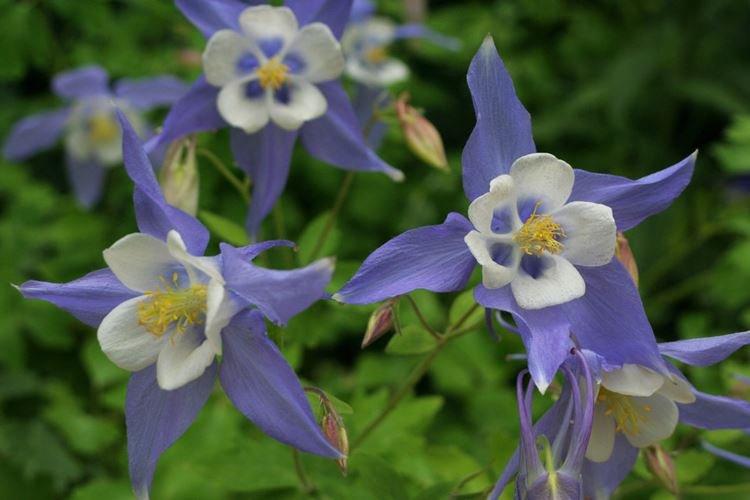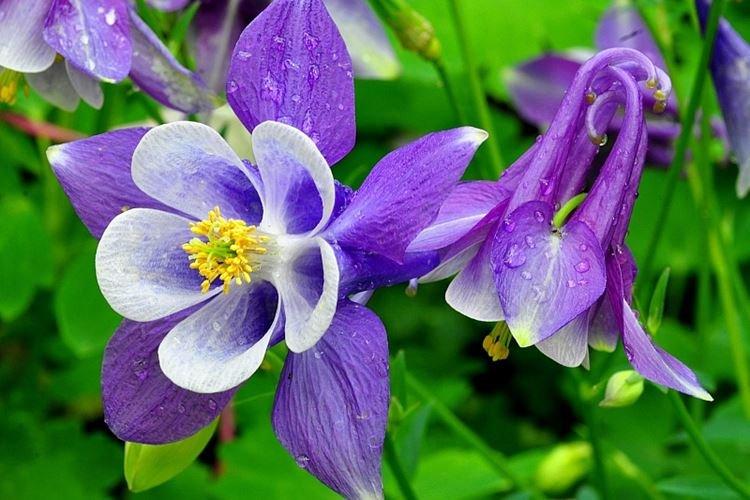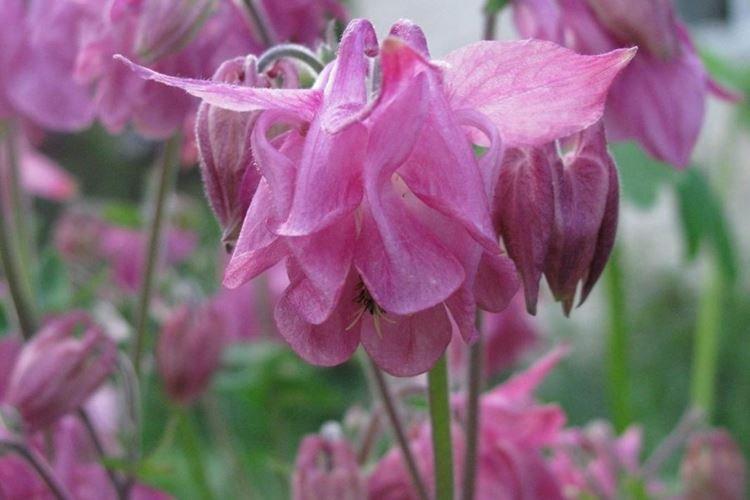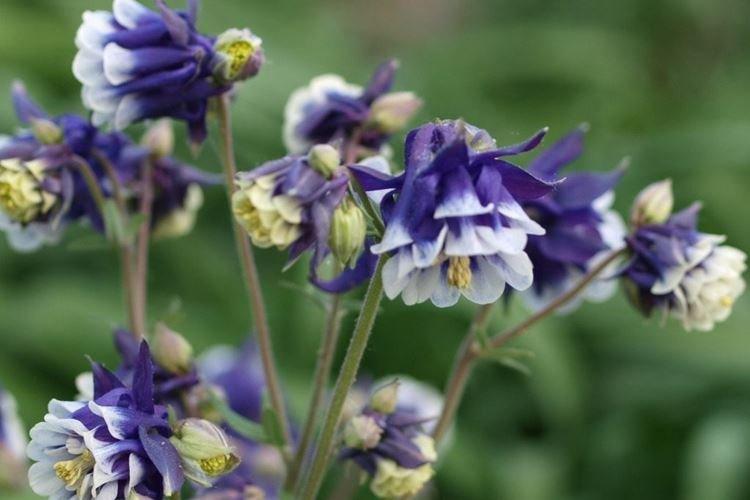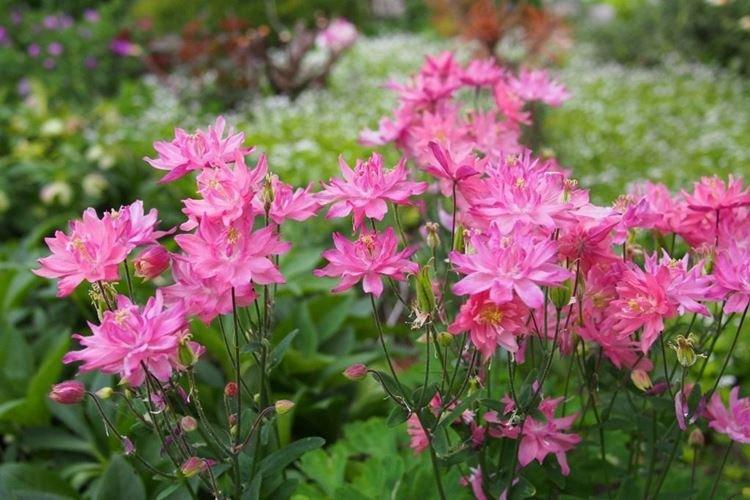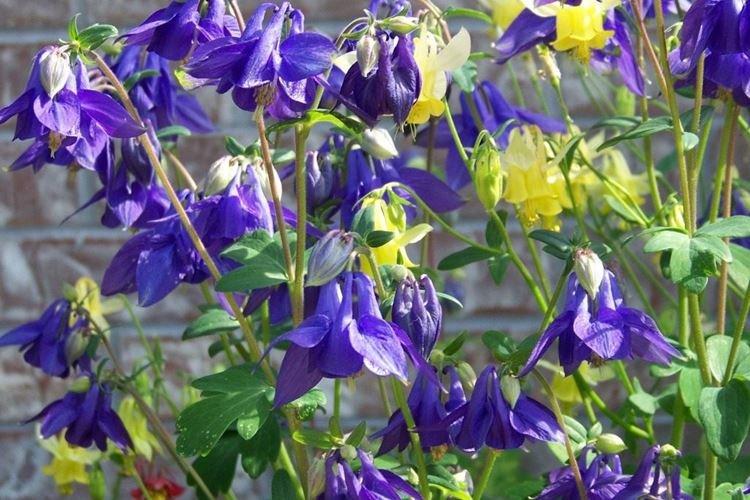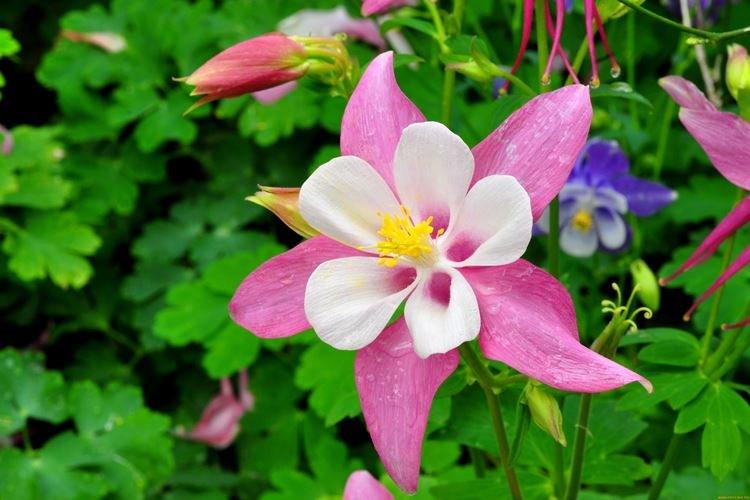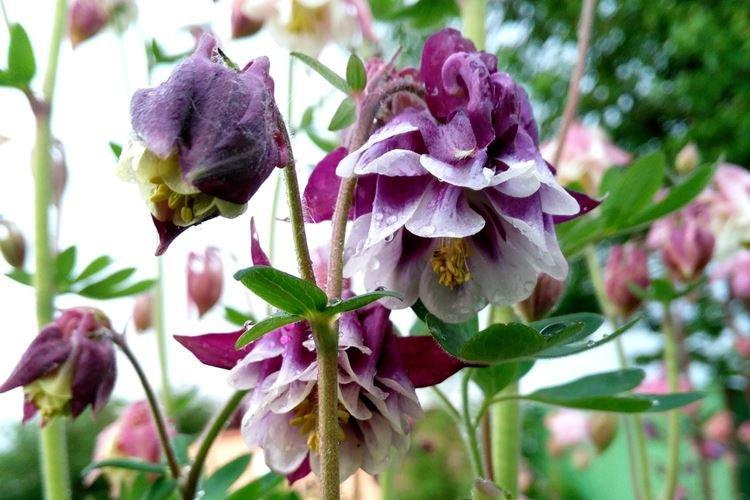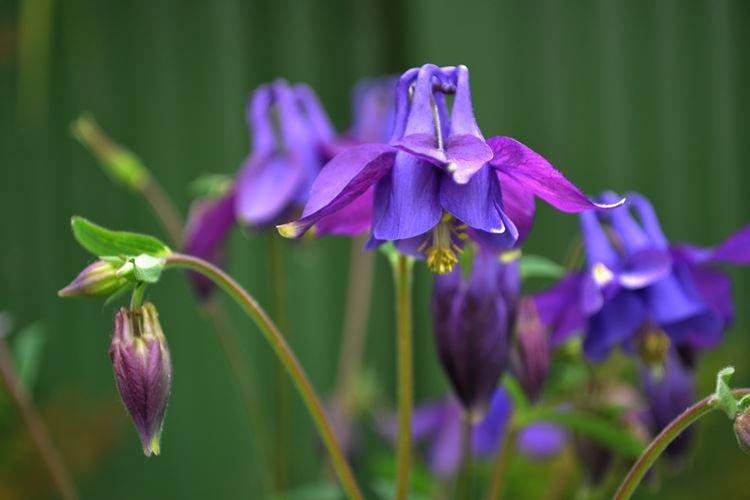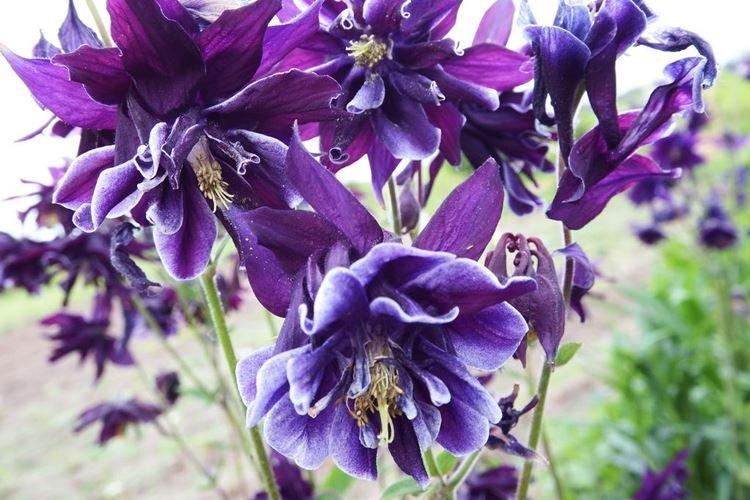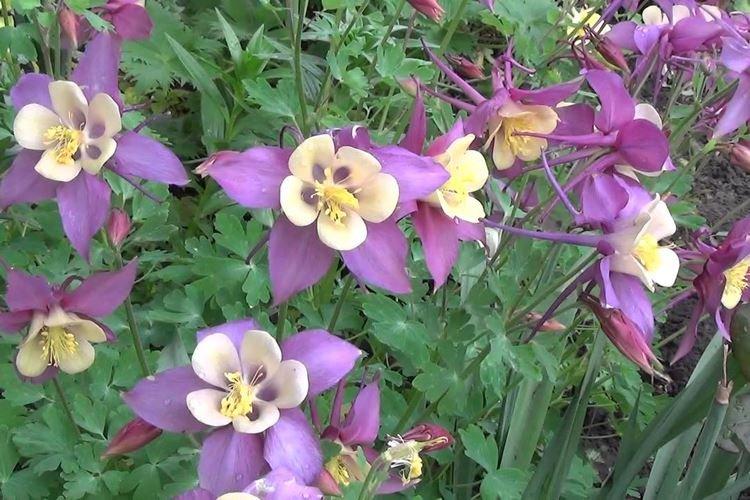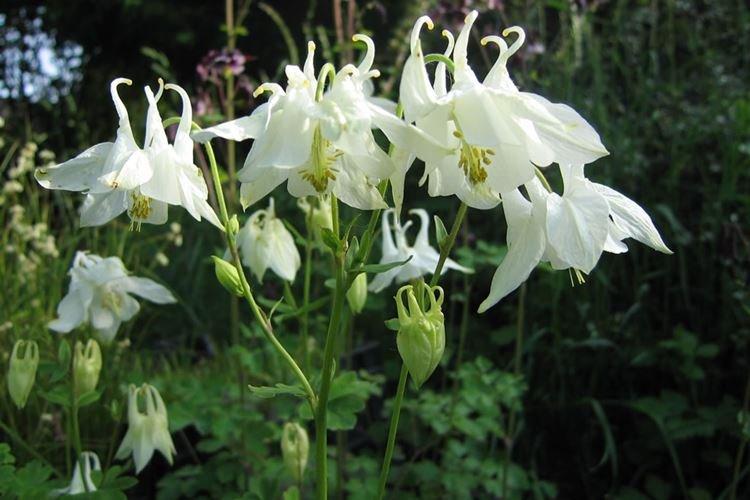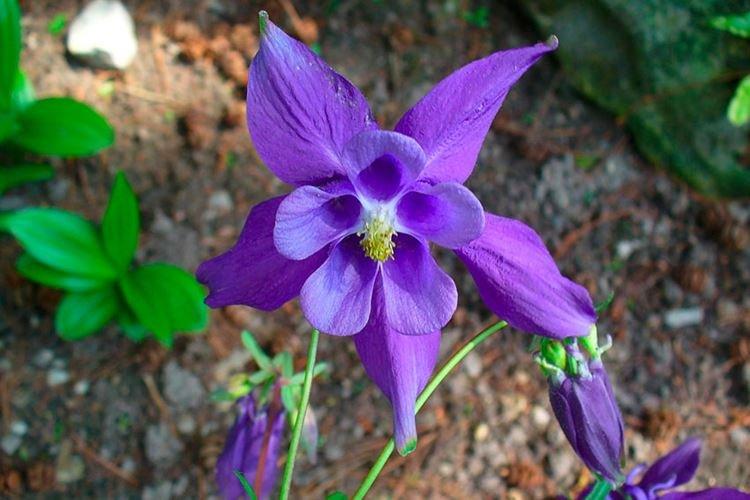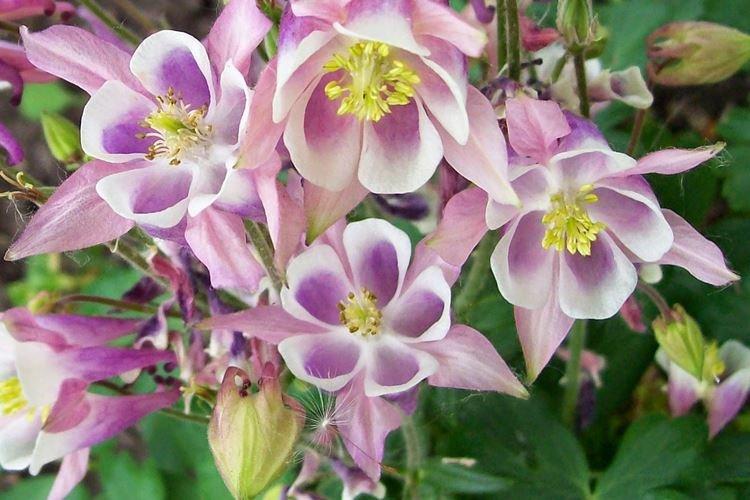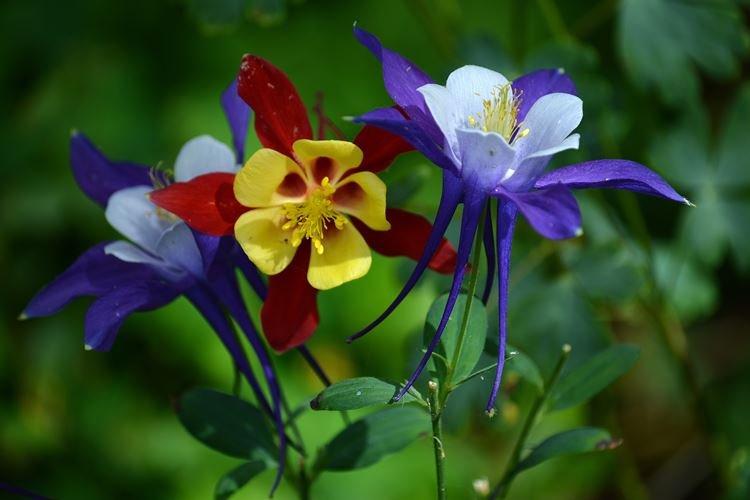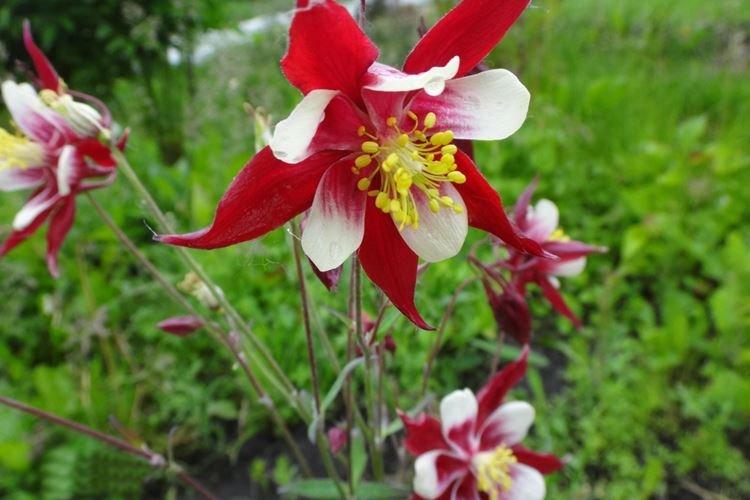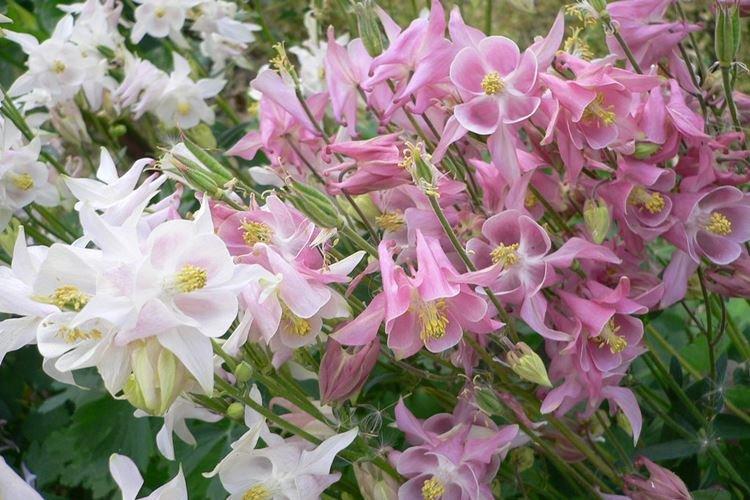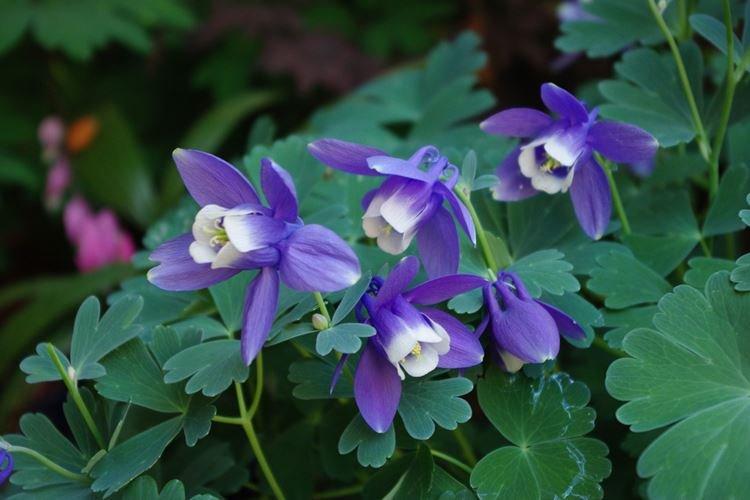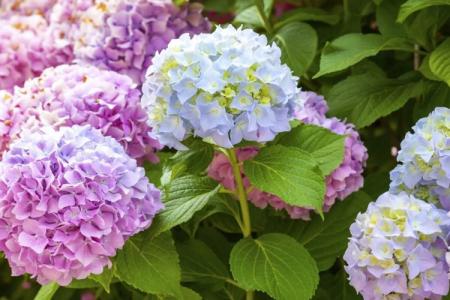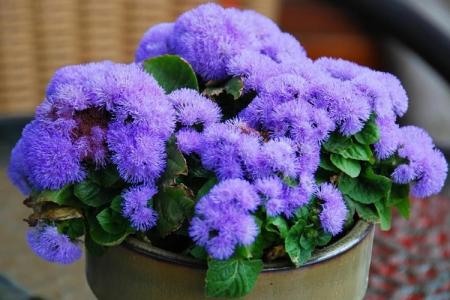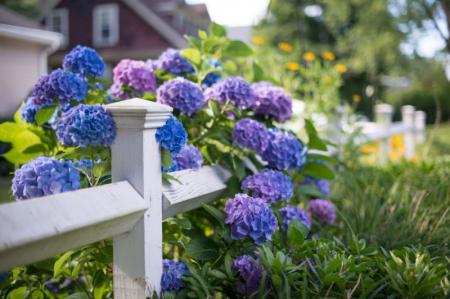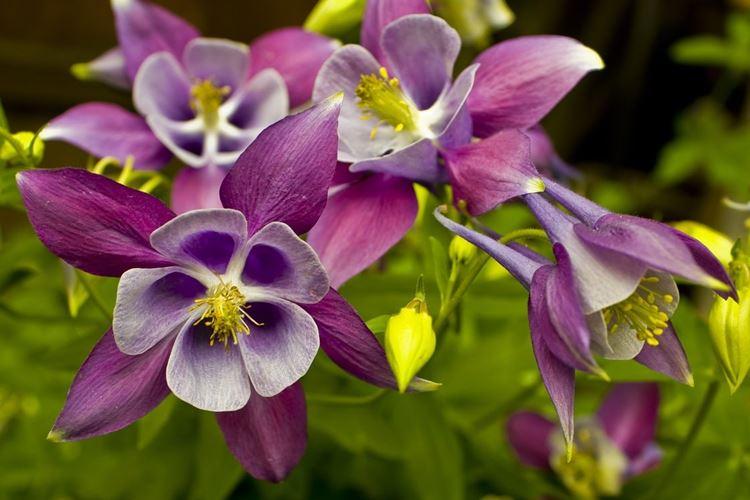
As soon as aquilegia is not called among the people - from the catchment or the eagle to the Columbine or elven shoes. A beautiful and bright flower slightly resembles a lily, but differs from it in the shape of the buds and colors. Aquilegia is planted in flower beds, alpine slides, in mixborders and under a cut for bouquets. Today we will tell you how to properly care for her!
general information
Aquilegia is a buttercup herbaceous perennial that came to us from the northern mountain regions. This means that it is well adapted to the weather conditions of mid-latitudes and easily takes root in the garden. All over the world, she has been adored for centuries, from medieval paintings to Shakespeare's works.
Aquilegia develops for two years - first, a leaf rosette is formed, and only then flower stalks appear. She has very beautiful leaves - dissected and on elongated cuttings. Moreover, basal and stem are quite different between failure.
The flowers resemble a mixture of a lily and a bell, grow one at a time and appear slightly drooping. The most common are blue, purple and white aquilegia, although pink, yellow, or multi-colored varieties are also very common. Among them there are many clawed species - with hollow growths filled with nectar.

Types of aquilegia
There are more than a hundred species of aquilegia, although the results of calculations vary among researchers. In gardening, only a few dozen of them are common, and here are the most popular!
Aquilegia ordinary
Forest or meadow aquilegia is common throughout Europe and the European part of Russia. The sprawling bush stretches up to 80 cm and forms large tall peduncles with multi-colored drooping bells. In this group, there are especially many decorative varieties of unusual colors.
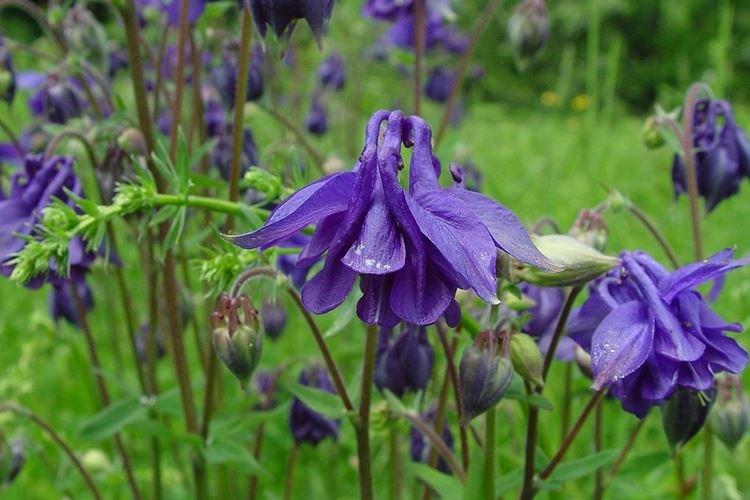
Alpine aquilegia
The delicate mountain flower is quite compact, only up to 30 cm, but with large and bright blue flowers. It feels good even on sandy soils and will be an amazing decoration for rocky hills.

Aquilegia Discolor
It is a compact and almost ground cover variety up to 15 cm tall with textured leaves of complex shape. Two-colored flowers bloom on long peduncles: with a creamy center and a purple or blue corolla.

Small-flowered aquilegia
The diminutiveness of flowers is fully compensated by their number, because they are collected in inflorescences of several dozen. Small-flowered aquilegia thrive on dry soil and in arid regions.

Aquilegia Bertoloni
This is another alpine variety with large blue flowers against a background of unusual leaves with a grayish tint. But Bertoloni's aquilegia belongs to the early, because it blooms in the middle of spring.
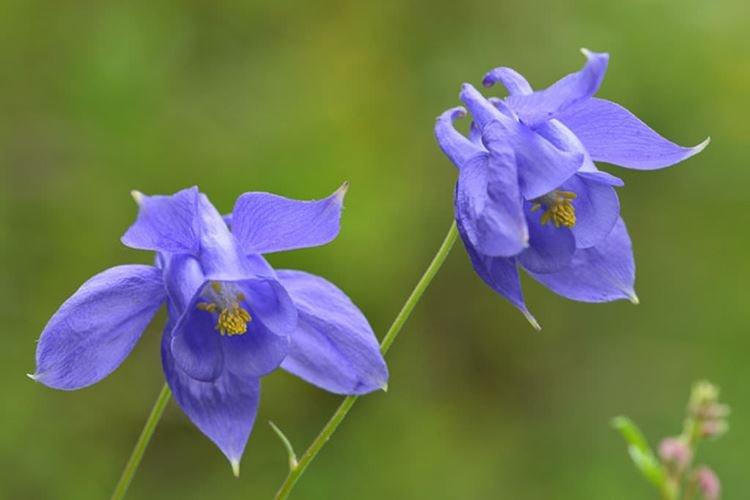
Aquilegia glandular
Wild Siberian aquilegia is also called green-flowered for its characteristic yellow-green shade of buds. It has flowers, almost tiny as for a catchment, on thick, pubescent shoots.

Aquilegia fan-shaped
This aquilegia is also called "Akita", and it came to us from the East, and in particular from Japan. Decorative varieties are very fond of breeders, so now there are a variety of colors and series.

Aquilegia Karelin
This is a rather tall perennial on pubescent shoots with a burgundy tint. Flowers of a bizarre shape and shade - wine or crimson-purple look spectacular.
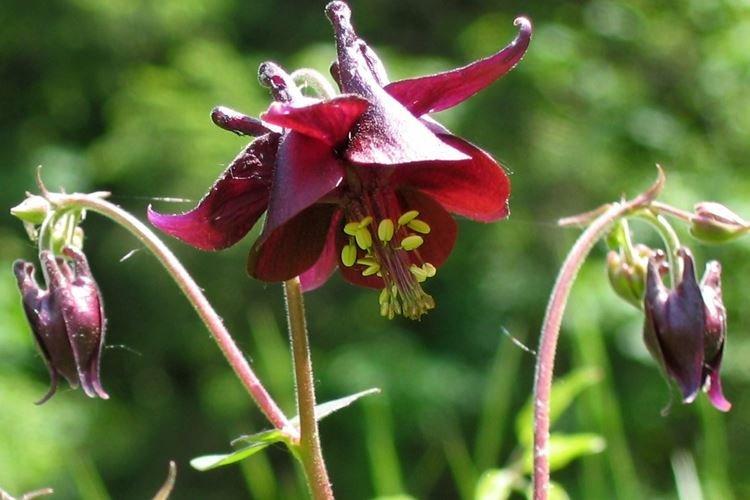
Aquilegia care
Aquilegia is very hardy and undemanding, so caring for it will not give you any trouble. With a minimum of worries, a lush, dense perennial will turn your garden into a real corner of wildlife.
Temperature and lighting
For active and abundant flowering, aquilegia prefers bright sun or light partial shade. Adult plants survive the winter frosts worse because their roots begin to sprout to the surface.For the winter, it is recommended to mulch them with peat with compost and humus.
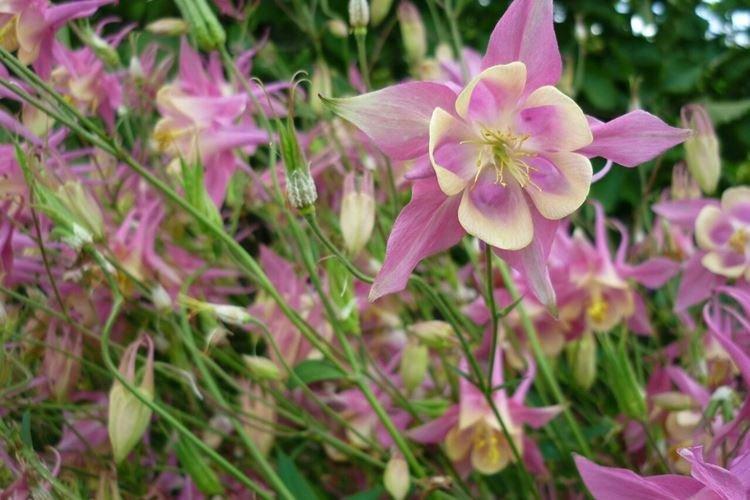
Watering
Moisture-loving aquilegia sensitively reacts to abundant watering, luxuriantly growing with greenery and large flowers. At the same time, it has a very strong root system, and it is able to withstand even prolonged drought. It is recommended to additionally water the aquilegia in the absence of rain for a long time, but otherwise it has enough natural precipitation.
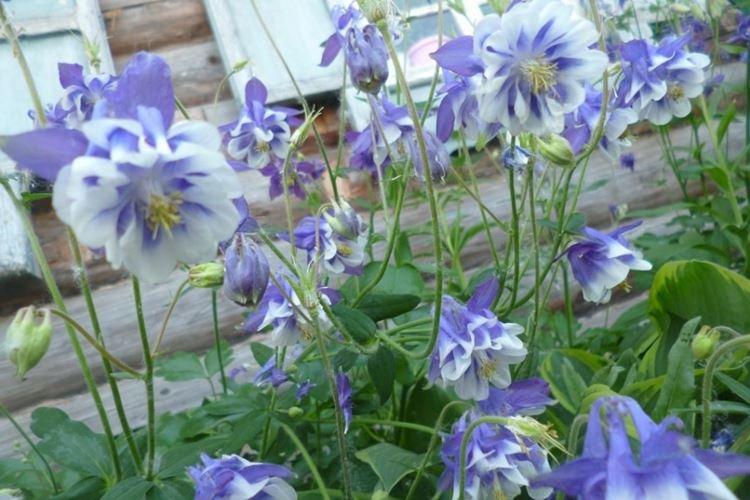
The soil
Aquilegia is quite indifferent to different types of soil, but prefers loose, moist soil. To prepare it before planting, add compost or humus for digging.
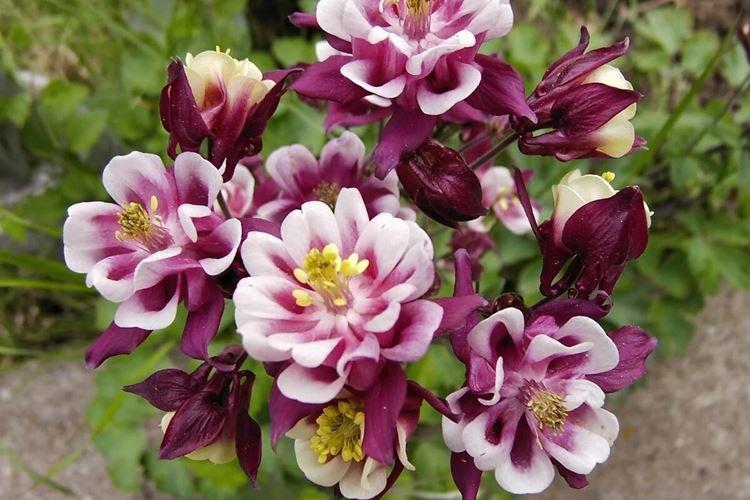
Fertilizers and feeding
If the aquilegia is already growing on fertile soil, it does not need to be specially fed. If the soil is poor, add fresh organic matter in the middle of spring, and in the summer periodically use liquid mineral solutions when watering.
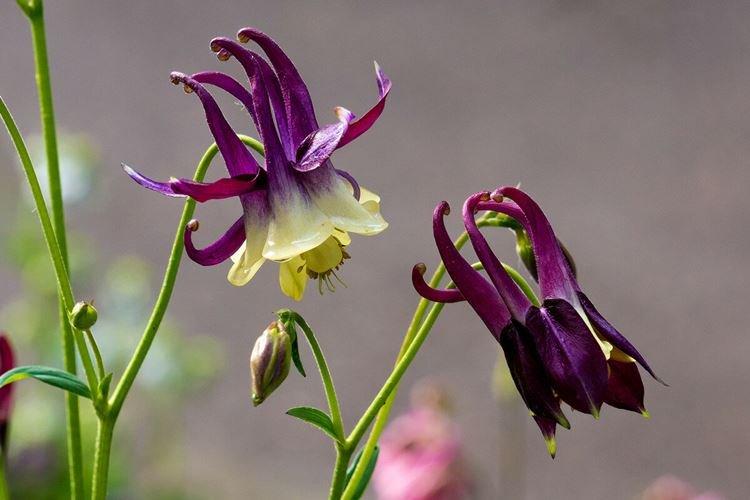
Transplant and reproduction
For sowing, it is better to use fresh seeds immediately after harvest, and then plant the spring seedlings. In the spring they are pickled and planted in a box with a light damp substrate. The container should be stored at a temperature of about 17 degrees under newspaper or burlap, sprinkling from a spray bottle.
At the beginning of summer, the seedlings are relocated for growing, but after a couple of years - to a permanent place. It is recommended that there are about 10 plants per square, with an interval of 25-40 cm, depending on the size of the variety. Many gardeners leave aquilegia to reproduce by self-sowing.
You should not use the division of the bush unless absolutely necessary, because aquilegia does not survive this procedure well. With cuttings it is much easier - and young shoots for planting can be rooted in the spring immediately into the ground, but under a greenhouse. In about a month, the young aquilegia can already be carefully transplanted.
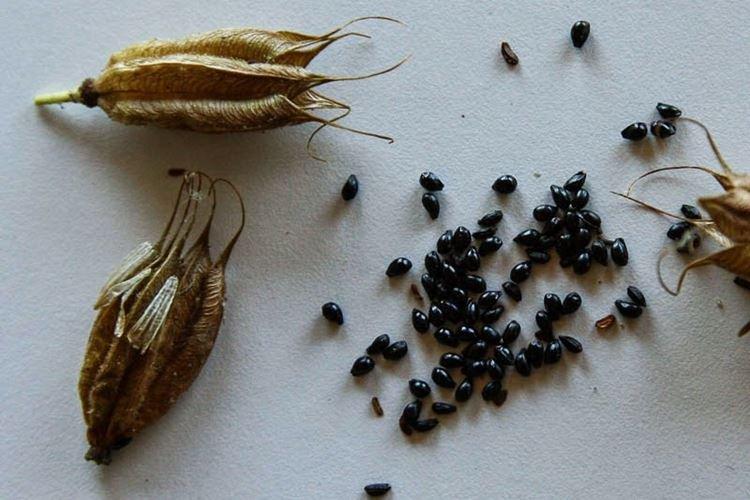
Pruning
After the aquilegia has faded, the flower stalks must be cut off closer to the root. This will help to avoid self-seeding, prevent the spread of diseases and preserve the decorative effect of the bush. Before winter, inspect hardwood sockets and remove any damaged ones.

Pest and disease control
Most often, aquilegia is sick when sunny days are unexpectedly replaced by lingering rains. This is the perfect time for fungi - powdery mildew, rust, gray mold. The best medicine is timely prevention and professional fungicides.
Of the pests on aquilegia, aphids are most often found, which hide on the back of the leaves. Less commonly, you can encounter spider mites, fly larvae and caterpillars that eat leaves and buds. Here you can not do without insecticides and folk methods, such as infusion of garlic or onions.

Aquilegia - photo
The vibrant and spectacular aquilegia delights gardeners and landscape designers around the world. And that's why!



